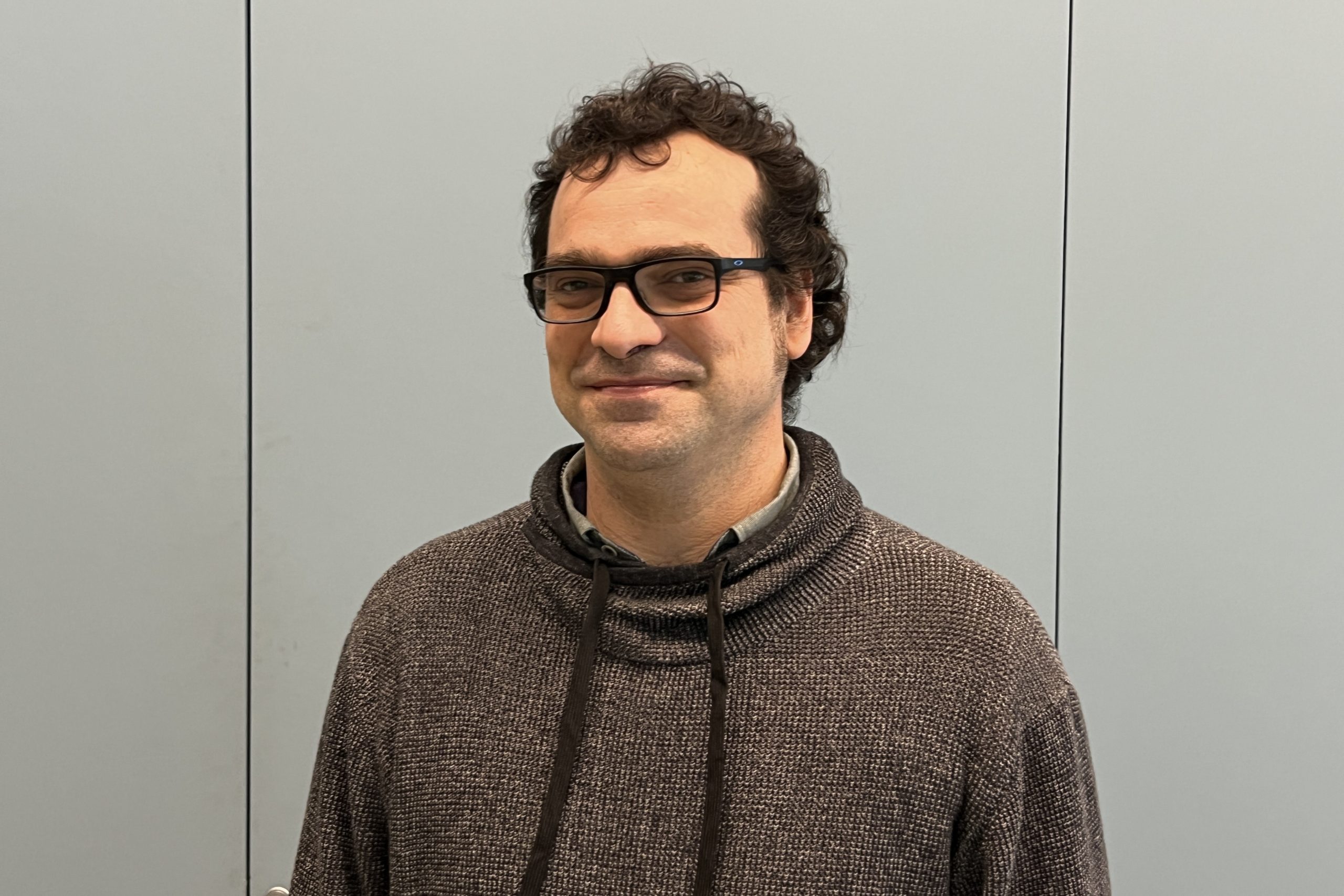
UB researchers develop new technology for real-time super-resolution microscopy with live samples
The University of Barcelona (UB) has awarded 25,000 euros to the project “TRACTOR: super-resoluTion laseR scAnning miCroscopy wiTh phOtoswitchable fluRophors” through the Bosch i Gimpera Foundation (FBG) and with the support of Banco Santander. This is a real-time super-resolution laser scanning microscopy project with live samples, led by Dr Jordi Tiana, a lecturer at the Faculty of Physics. The funding has been awarded within the framework of the Proof of Concept programme of the 2023 Call of the Fund for the Promotion of Innovation (F2I).
Resolution is one of the major limitations of optical microscopy. Nowadays, many methods have been developed for imaging a sample at resolutions beyond the super-resolution limit.
STED (Stimulated Emission Depletion) microscopy is a type of fluorescence microscopy that uses an illumination scheme that results in a smaller effective excitation point and therefore better resolution. However, STED microscopy requires very high laser power to induce stimulated emission depletion, which is detrimental to live samples.
RESOLFT (REversible Saturable Optical Fluorescence Transitions) microscopy, a variant of STED microscopy, uses photoreversible fluorescent molecules instead of controlling fluorescence through depletion. This reduces laser power and therefore makes it suitable for use on living samples, but the point-by-point scanning process is very slow.
To make the scanning process faster and closer to a real-time super-resolution method compatible with living cells, this project will use acousto-optical deflectors to produce parallel illumination and scan the sample.
This technology will enable super-resolution imaging with photoactivatable fluorophores at video speeds in a relevant laboratory environment. “Since its origins, microscopy has had a direct impact on life sciences and the well-being of society. The development of a microscope capable of imaging living cells at the nanometre scale will allow the scientific community to observe cell dynamics at the molecular level, which is key to understanding the development of different diseases,” says Dr Tiana.
A long journey
The starting acoustic-optical technology is developed to a very high level (TRL5-6) after six years of work and an investment, in the UB phase alone, of 600,000 euros.
However, the new microscope elements proposed in this project are at a lower level of development, approximately TRL4, after being evaluated through a State Research Agency Proof of Concept grant that will be completed in July 2024.
The aid in the framework of the F2I call will allow an additional step to be taken in the development (TRL5) of the project and start to have perspectives that may interest a company.
Grants to promote knowledge transfer
The purpose of the Fund for the Impulse of Innovation call is to promote innovation and value projects of the University of Barcelona that have a high potential for transfer and impact on our society.
The Proof of Concept grants are aimed at UB researchers who lead transfer projects in which the University owns or co-owns both the knowledge and prior technology, and the results for whose valorisation the grant is requested.
Since 2016, the Fund for the Promotion of Innovation programme has fostered the creation of six spin-offs –AIGecko Technologies, Bluephage, ColorSensing, Mind & Identity, Neurekalab and Virtual Bodyworks– enabled the licensing of six technologies, and leveraged more than five million euros in public and private funding.

